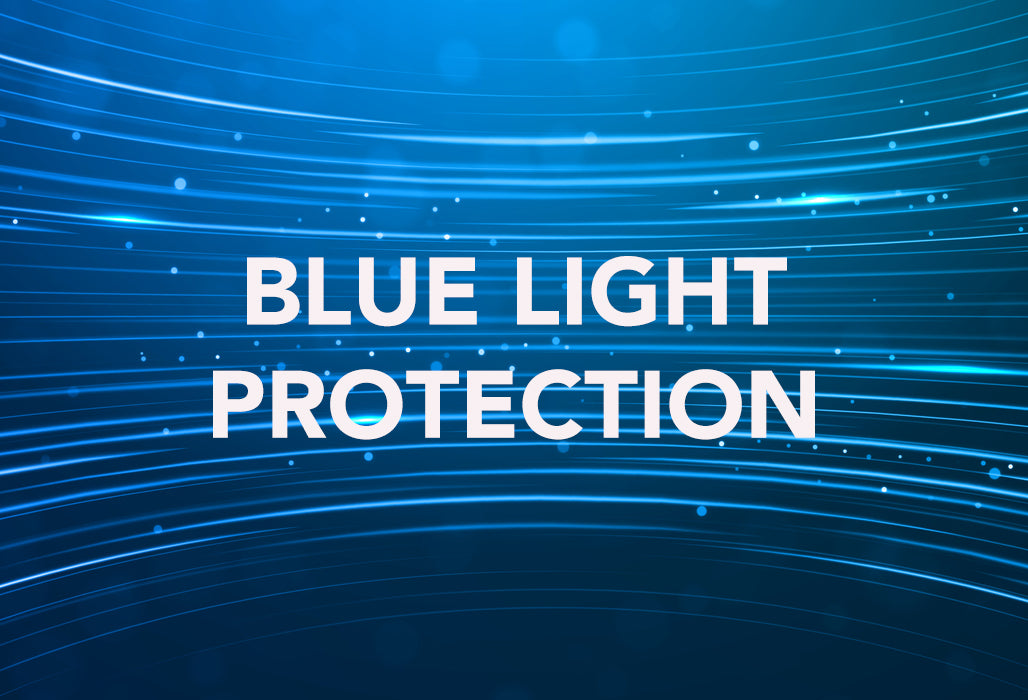 You probably already know your screen addiction is giving you poor posture, putting strain on your eyesight and interfering with your sleep. But did you know that blue light radiation is also damaging your skin? From hyperpigmentation to redness and early-onset wrinkles, blue light damage is a very real problem. But there’s no need to get the blues.
You probably already know your screen addiction is giving you poor posture, putting strain on your eyesight and interfering with your sleep. But did you know that blue light radiation is also damaging your skin? From hyperpigmentation to redness and early-onset wrinkles, blue light damage is a very real problem. But there’s no need to get the blues. Today’s skincare companies are helping to mitigate blue light damage by formulating smarter creams and serums that protect against high-energy visible light, as well as UV radiation. Read on to discover why anti-blue light skincare is one of the best investments you can make for your skin – today and decades down the road.
What is blue light?
Fun, sciencey fact: The human eye can generally detect light between the wavelengths of 380 and 700 nanometers.1 With wavelengths of 400 to 495 nanometers (nm), blue light, also referred to as high-energy visible (HEV) light, is the shortest wavelength, highest energy light on this visible light spectrum. (At 100 – 400 nm2, UV radiation lies outside the visible light spectrum. The invisibility of UVA and UVB rays makes daily sun protection essential all year round, regardless of weather.)
Accounting for around a third of all visible light,3 blue light is typically associated with electronic devices; however, its biggest source is, in fact, sunlight. Within the home, HEV light is also emitted from artificial sources such as smart phones, computer monitors and flat screen LED televisions, fluorescent light and tablet screens. In other words, our reliance on tech to do everything but tie our shoes means we’re more exposed to blue light than ever before.
But what exactly is the problem?
While our electronics emit significantly less blue light than the sun, their impact is cumulative. According to skincare experts, our prolonged daily use of devices, often at very close proximity to our faces, is wreaking havoc with our complexions. And the damage lasts much longer than an Instagram story.
How does blue light affect the skin?
Not all blue light is bad – in fact, some exposure can even be beneficial to the skin. For instance, blue light therapy is sometimes used by dermatologists to treat acne, due to its antimicrobial properties. However, continual exposure to blue light pollution from devices is a different story.
Penetrating the skin more deeply than UV light – its closest neighbour on the light spectrum – blue light contributes to inflammation, redness, dull skin and discolouration. Exposure to HEV light can also exacerbate hyperpigmentation and, crucially, research links blue light radiation to oxidative stress. A key factor in premature ageing, prolonged oxidative stress (or an excess of free radicals in the skin) contributes to collagen breakdown and can lead to fine lines, wrinkles and loss of elasticity
Makes you rethink that early morning scrolling, doesn’t it?
Dermaenergy moisturisers with blue light protection
At Dermaenergy, we don’t expect you to ditch your devices in the pursuit of perfect skin! Instead, we’re leading the charge and formulating anti-pollution skincare packed with potent antioxidants and blue light protectors.
Our White Label line for younger skins includes three blue-light protection moisturisers: Light As A Feather, A Happy Medium and Filthy Rich – formulated for oily, combination to normal, and dry skin. Exclusively sold through skin clinics, Revive Light, Revive Medium and Revive Rich are our luxe, anti-blue light Black Label moisturisers for more mature skin.
Blue light protection in these products comes via the wild sunflower plant. With powerful antioxidant properties, this native extract protects against blue light-induced oxidative stress and helps reduce the skin’s inflammatory response to urban pollutants such as cigarette smoke. Helping to strengthen the skin barrier, it promotes healthy, hydrated, comfortable skin.
All moisturisers in the Dermaenergy range also contain hero ingredient ATP. Energising lacklustre skin, ATP helps to revitalise skin that is fatigued from the insidious onslaught of blue light, as well as air pollution.For added protection against free radicals, we recommend layering your moisturiser over an antioxidant serum, such as our Solution From Pollution and C3 serums.
A final word on blue light protectionBlue light pollution is a fairly new, but rapidly growing area of research. Adding anti-blue light pollution skincare to your routine – both inside and the outside the house – is a simple preventative anti-ageing step you can take each day. However, as the damaging impacts of UVA and UVB have been proven beyond a shadow of a doubt, the single most important thing you can do to look after the health and appearance of your skin is to apply a broad-spectrum sunscreen every morning.
Want more? Check out our article on anti-pollution skincare.
References
1. Science Mission Directorate. "Visible Light" NASA Science. 2010. National Aeronautics and Space Administration.
2. IARC Working Group on the Evaluation of Carcinogenic Risks to Humans. Radiation. Lyon (FR): International Agency for Research on Cancer; 2012. (IARC Monographs on the Evaluation of Carcinogenic Risks to Humans, No. 100D.) SOLAR AND ULTRAVIOLET RADIATION.
3. “Is blue light from your cell phone, TV bad for your health?” UC Davis Health. 9 May, 2019.
Other sources
1. A Shapiro. “Understanding Blue Light.” Retina Today. April 2016.
2. Liebel F, Kaur S, Ruvolo E, Kollias N, Southall MD. Irradiation of skin with visible light induces reactive oxygen species and matrix-degrading enzymes. J Invest Dermatol. 2012 Jul;132(7):1901-7. doi: 10.1038/jid.2011.476. Epub 2012 Feb 9. PMID: 22318388.
